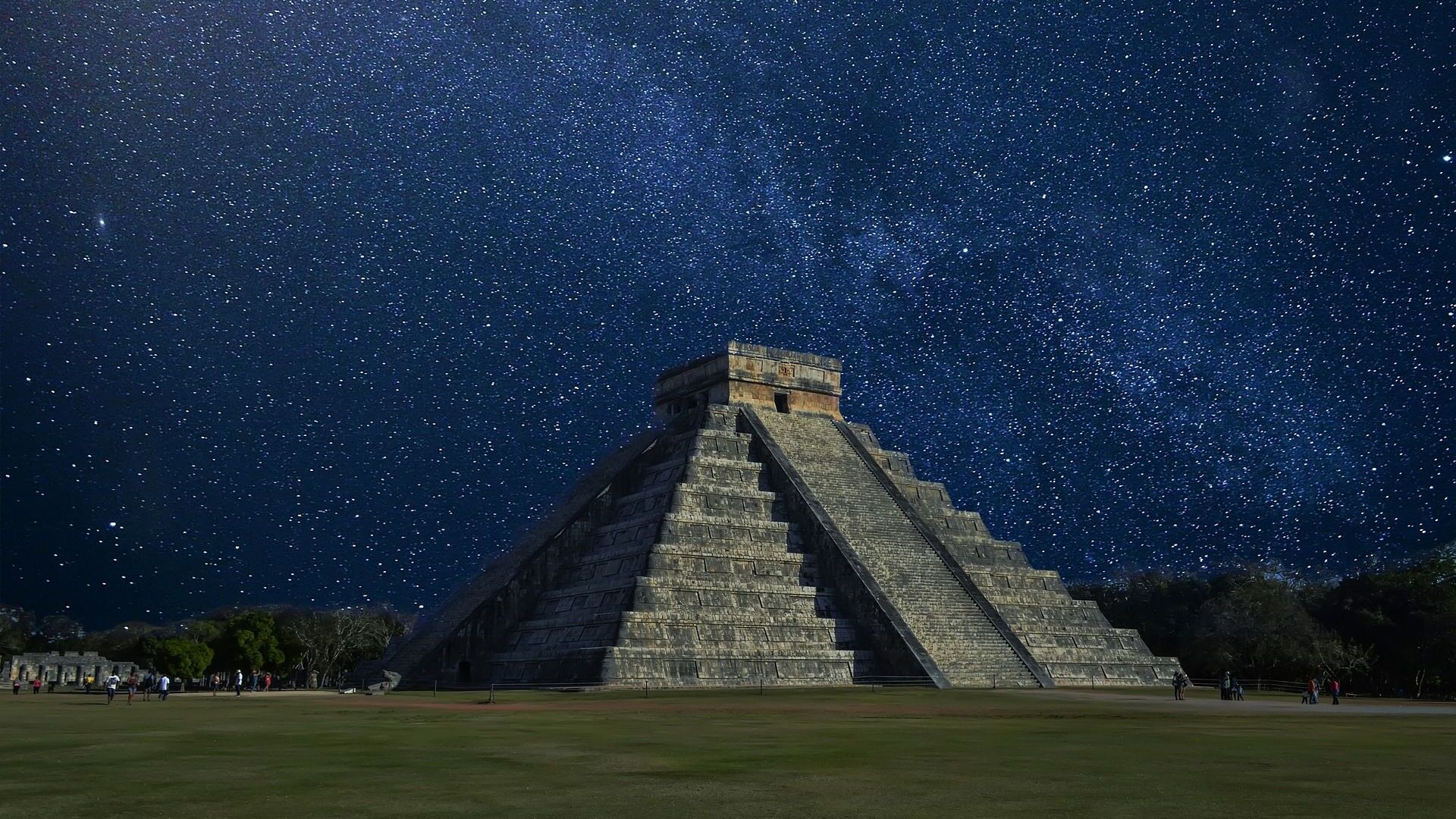Ancient Mayan City Found in Southern Mexico

CC0 / /
Subscribe
Archeologists in Mexico have discovered a historical surprise in the jungle of the Yucatán Peninsula.
Researchers from Mexico’s National Institute of Anthropology and History (INAH) have discovered an ancient Mayan city buried in the jungles of southern Mexico, the institute announced on Tuesday.
The site was discovered during an INAH-approved research project which hoped to make new discoveries, such as this one, in the largely unexplored area of the central part of Campeche in the Balamku ecological reserve, about 1,100 kilometers from the capital of Mexico City. Conducting aerial surveys and using LiDAR technology, archaeologists were able to examine their exciting find.
The city, which researchers from the institute say was most likely an important center more than a thousand years ago, has been named Ocomtun, which translates to “stone column” in the Yucatec Maya language.
Arqueólogos descubrieron una antigua ciudad maya en Campeche, a la que nombraron Ocomtúnhttps://t.co/TDj7Mt8HIP pic.twitter.com/sT0PRi47nu
— Joaquín López-Dóriga (@lopezdoriga) June 22, 2023
Ocomtun most likely existed between 250 and 1000 AD and featured large pyramid-like buildings, stone columns, three plazas with “imposing buildings,” as well as other structures arranged in what appears to be circles with a common center (referred to as concentric circles).
One of the discovered pyramid structures would have stood at a height of around 25 meters (82 feet) tall. Several altars as well as a ball court were also found on the site.
"The biggest surprise turned out to be the site located on a 'peninsula' of high ground, surrounded by extensive wetlands," said Ivan Sprajc, who led the team’s research. "Its monumental nucleus covers more than 50 hectares and has various large buildings, including several pyramidal structures over 15 meters high."
"The site served as an important center at the regional level, probably during the Classic period."
Arqueólogos mexicanos descubrieron una milenaria ciudad maya dentro de la reserva ecológica #Balamkú, en #Campeche, en el sureste del país, a la que nombraron Ocomtún (“columna de piedra” en maya yucateco) por las numerosas columnas de piedra dispersas en el asentamiento. pic.twitter.com/RI01AIttKb
— La Crónica de Hoy (@LaCronicaDeHoy) June 22, 2023
The Ocomtun site has a core area, located on high ground surrounded by extensive wetlands, that includes several pyramid-like structures up to 15 meters high: https://t.co/hMw5ohvEin pic.twitter.com/53ptJtUaXc
— KMJ's Afternoon Drive (@DriveKMJ) June 22, 2023
The ball court would have been used for a Mayan ball game, the first organized game in the history of sports. Called pitz, the game involved a hard, rubber ball that sometimes weighed up to 20 pounds, and which players would bounce without using their hands. The game was an important part of the Mayan political, religious and social life.
Sprajc adds that the site most likely began to decline around 800 to 1000 AD based on an analysis of the evidence collected at the site. This period proved difficult for the Mayans, as their ideological and population changes caused a crisis for their civilization, eventually leading to its collapse.

